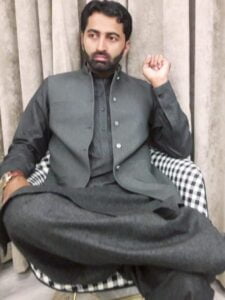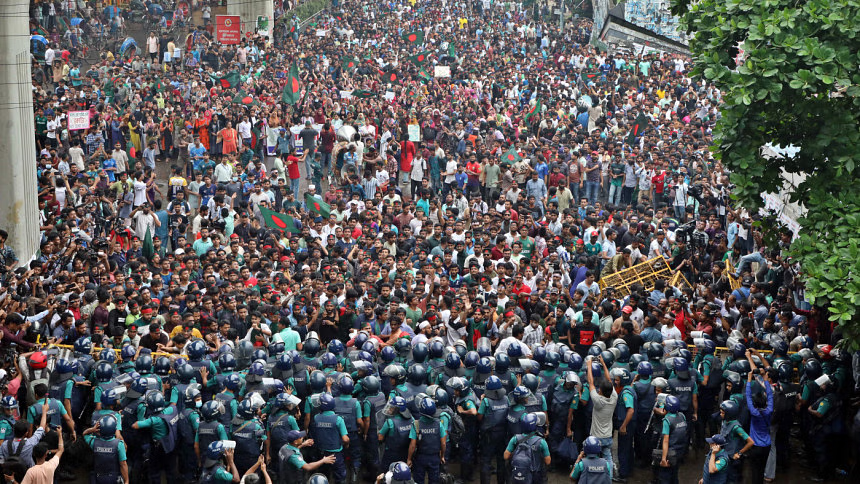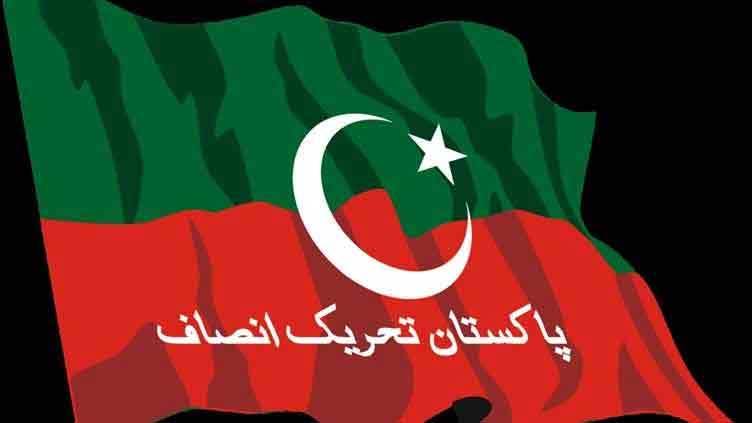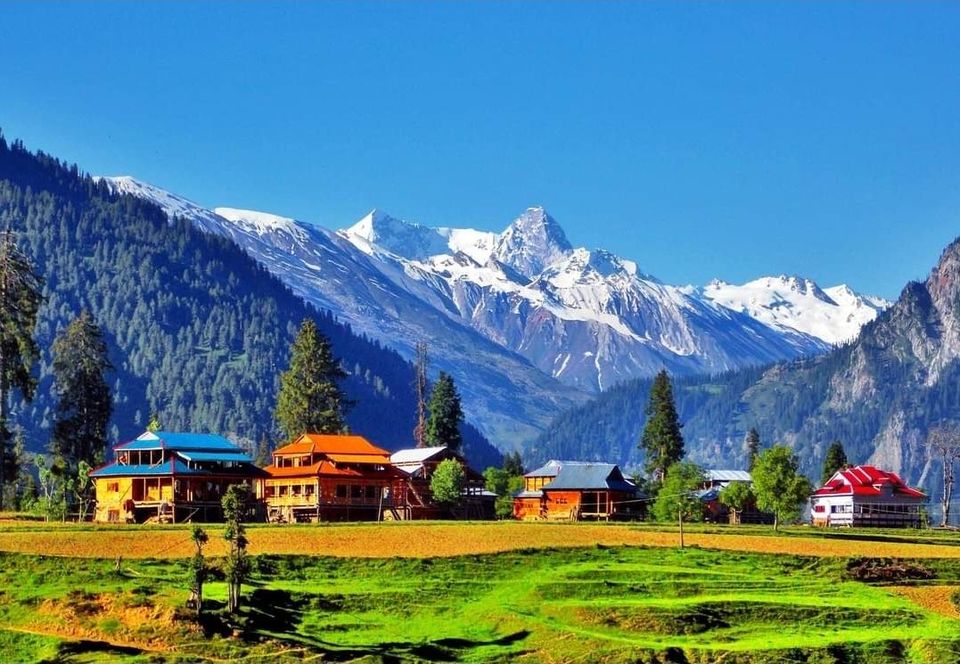
By Fahad Gorchani – The Politics of Gaddi Nasheens still going strong in Pakistan
The author holds an MPhil degree in History.
You will be surprised to know that about 16% of the members of the previous National Assembly belonged to ‘spiritual’ families. The worshiper of the dargah, popularly known as Pir, is a man of all political seasons. They remain an integral part of the electoral politics of the country. Although Pir politics is common across Pakistan, South Punjab, in particular, has been at the forefront of this style of politics. Hashmi, Qureshi, Geelani, Gurdizi and many other Sajjada Nasheens have taken the politics of South Punjab hostage.
The political power of shrines is hidden in Punjab’s colonial history. The British placed the Pirs of the various courts in a favourable position, allowing them to combine their religious authority with land power. In this way, it would be easy to control the devotees of these courts. It was the British who patronized these Pirs and brought them into politics by making them elected representatives. In the provincial assembly elections from 1920 to 1946, 19% of the rural Muslim constituencies were held by the Sajjada Nasheens of the Darbars, which has remained so till today.
Read More: https://republicpolicy.com/politics-challenged-caught-between-military-and-imran-khan-are-we-doomed/
Historically, the Sajjada Nasheens of the courts played a very important role in establishing and maintaining British rule in Punjab. In the 19th century, when the British rulers began to consolidate their dominance over Punjab, the Sajjada Nasheens of the courts played their role in the colonial system based on personal interests. Shah Mehmood Qureshi was also the head of the Qureshi family in Multan at the time of the 1857 War of Independence. He supported the British against the Sikhs. He also played an important role in the arrest of the Hurriyat activist Ahmad Khan Kharal and in controlling the rebellion in the area.
The Sajjada Nashins of many shrines issued fatwas that prevented their followers from taking up arms against the British, and some Pirs even provided all possible help to stop the failed war of independence.
Loyalty rendered by the Pirs to the British was rewarded with grants of land, honours, and official positions. During the colonial period, members of selected farmers’ families were appointed as ‘Zaildars’. Many leading families of Mazars also benefited from the Court of Wards. A device of the time that prevented the disintegration of the aristocracy when the head of the family died or became deeply indebted.
Read More: https://republicpolicy.com/is-the-politics-of-imran-khan-invincible/
The most important legal intervention that protected the land interest of Mazar families was the introduction of the Land Act of 1900. The law prohibited the sale of land to non-agricultural castes. This act embedded the nexus between the religious and the landowning class in Punjab that persists even today.
In the early twentieth century, prominent Mazari families of Punjab aligned themselves with the Unionist Party. When the demand for Pakistan gained momentum, many of them joined the Muslim League. After independence, the Pirs maintained a permanent presence in politics and were well-represented in all military and civilian governments.
When the Muslim League split into several factions after independence, Peer became part of new parties, including the Republican Party formed in 1955. When General Ayub Khan imposed martial law, the custodians of the leading Dargahs of Punjab eagerly supported him. Many of them later joined the conventional Muslim League until the general’s hold on power weakened. He immediately joined the Council Muslim League and the Qayyum Group.
According to an estimate, there are around 64 shrines in Punjab which have direct political connections. About 42 tehsils of the province have at least one politically influential shrine. Multan, the largest and most important city in southern Punjab, is the epicentre of this style of politics. Apart from Multan, Sajjada Nashin of Jhang, Khanewal, Rahim Yar Khan, Taunsa Sharif and Sindh are also often elected members of national and provincial assemblies.
Read More: https://republicpolicy.com/politics-of-narrative-in-pakistan/
The first major political challenge to the Sajjada Nasheens came with the rise of Zulfiqar Ali Bhutto’s Pakistan People’s Party. It swept the Pirs from Punjab in the 1970 elections. However, this change was short-lived as the PPP opened itself up to the Pirs and fielded many of them in the 1977 elections. When General Zia-ul-Haq imposed martial law, these pilgrims jumped into his plane. He participated in non-party elections and enthusiastically joined their Majlis Shura.
In 1988, the two major political parties after Zia, PPP and Muslim League (N), also had a good representation of the pirs of these courts. A decade later, many of them defected to the Muslim League (Q), a party formed by General Pervez Musharraf that came to power in 1999 after imposing the country’s third martial law.
Now pirs have a significant presence in all mainstream parties, including PTI, Muslim League-N and PPP.
Not only do Mazarat families frequently switch political parties, members of the same family, at any given point in time, are often associated with different parties.
In many rural constituencies of southern Punjab, Pir and Makhdoom enjoy such a loyal following that they often manage to win without party affiliation. Winning elections as independent candidates gives them the opportunity to join Parliament on the party platform of their choice.
Read More: https://republicpolicy.com/the-political-class-struggle-of-south-punjab-the-beacon-of-common-people/
In the elections of 2018, the Sajjada Nasheens of many courts from South Punjab were elected and came to the Assemblies.
In Multan, Geelani, Qureshi and Gurdizi are seen contesting elections in different constituencies. They join the electoral race by forming local alliances against each other in local and national elections.
In Multan, Javed Hashmi, Shah Mahmood Qureshi and Yusuf Raza Gilani have been fighting against each other in local, provincial and national elections for decades.
Even when former Prime Minister Yusuf Raza Gilani and Shah Mehmood Qureshi were in the same political party, PPP, Shah Mehmood Qureshi left the party over the issue of ministerial portfolio change due to constant rivalry between them.
Similarly, when Javed Hashmi was a federal minister in the 1990s in Nawaz Sharif’s cabinet, he used his official position to claim custody of the shrine of Shah Mehmood Qureshi’s ancestor Bahauddin Zakaria. Both Qureshi and Hashmi belong to Makhdoom Rasheed’s constituency and have contested several elections against each other.
Sikandar Bosan, a former federal minister and influential landlord of Multan, is the main political rival of the Gilani family and has defeated Yusuf Raza Gilani and his son several times. Sikandar Bosan joined PTI at the time of the 2018 elections. Jahangir Tareen played a key role in his joining the PTI, which initially gave him a ticket but later withdrew the ticket in favour of Shah Mehmood Qureshi’s close aide Ahmad Hasan Dehar. Qureshi was instrumental in rejecting the ticket, as his group did not want to lose its grip on the region.
Read More: https://republicpolicy.com/the-political-structure-of-pakistan/
Shah Mehmood Qureshi’s cousin, Pir Zahoor Hussain Qureshi, was a PTI candidate from NA-152 in the 2018 elections in Khanewal district. His opponent, PML-N candidate Pir Aslam Boudla was supported by Gilani Pirs of Multan. This seat was won by Pir Zahoor Hussain Qureshi, which reflects well the role of Pirs in South Punjab politics.
In the elections of 2018, Makhdoom Khusro Bakhtiar, along with many other politicians of South Punjab, formed the South Punjab Front, which later merged with the PTI in Rahim Yar Khan district. Khusro Bakhtiar’s contest was against People’s Party’s Makhdoom Shahabuddin, which Khusro Bakhtiar won. Both are brothers and belong to Mianwali Qureshi Mazar.
In the previous elections, the custodians of Sultan Bahu Mazar contested from NA-114 and NA-116 of Jhang on the ticket of PTI, and now they were contesting against the custodians of Shah Jeevana Mazar. Faisal Saleh Hayat, the custodians of Shah Jiwana, and Syeda Abida Hussain have always been rivals, but in 2018, they are supporting each other over another shrine of Sultan Bahu.
Read More: https://republicpolicy.com/the-flawed-political-culture-of-pakistan-part-i/
Taunsa Sharif, a subdivision of Dera Ghazi Khan, is known for the shrine of Sage Hazrat Muhammad Sulaiman Shah Taunsawi. Khawaja Ataullah Tunsvi, the guardian of the Darbar, was given a ticket by the People’s Party. However, he refused to take the ticket and decided to contest the elections as an independent with a Jeep symbol. His cousin Khawaja Shiraz, who was his opponent on the PTI ticket, won that election. Another Pir, Hamid Saeed Kazmi, who is a former federal minister, wanted to contest from Rahim Yar Khan, where he has more followers, but his party PPP offered him a ticket from Multan. He refused to take the ticket and contested the election as an independent.
In South Punjab particularly and in interior Sindh generally, as long as votes are cast on the basis of Piri Muridi, people’s attitudes will not change. There is a need to elect public representatives who can become a strong fortress against the feudal system of South Punjab and Interior Sindh and represent the people properly.
Read More: https://republicpolicy.com/democracy-requires-specialized-legislators/

















































